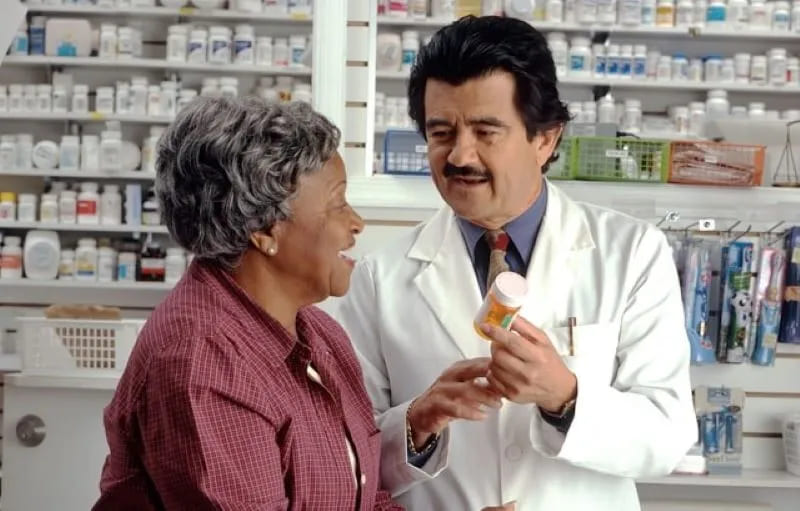
Monitoring pharmacist performance is critical for ensuring that patients receive safe, efficient, and effective care. As the healthcare landscape evolves, the role of pharmacists such as pafikotasukamara.org has become more dynamic, involving complex tasks that go beyond traditional dispensing duties. In this context, effective performance monitoring serves as a cornerstone for maintaining high standards in pharmaceutical care and enhancing patient outcomes.
Importance of Performance Monitoring
Performance monitoring in the pharmaceutical sector is essential to evaluate the competencies and proficiency of pharmacists. Through robust monitoring systems, healthcare institutions can assess pharmacists’ abilities to provide medication counseling, manage drug interactions, and ensure the safe dispensation of medicines. This proactive approach to performance evaluation helps in identifying areas of improvement, fostering a culture of continuous learning and development.
Key Metrics for Evaluation
Several key metrics are used to evaluate pharmacist performance. These metrics include prescription accuracy, patient counseling effectiveness, and adherence to clinical guidelines. Prescription accuracy is paramount, as even minor errors can lead to serious patient harm. Additionally, evaluating pharmacists’ ability to educate patients about medication usage, side effects, and adherence is vital. This aspect of their role ensures that patients understand their treatments, leading to better health outcomes and patient satisfaction.
Furthermore, adherence to clinical guidelines is a critical measure of a pharmacist’s performance. Pharmacists must stay informed about the latest pharmaceutical research and evidence-based practices to ensure they provide the most current and effective care. Regular training and assessment can aid pharmacists in staying abreast of new developments, thereby enhancing their ability to deliver top-tier care.
Implementing Advanced Monitoring Techniques
With advancements in technology, new monitoring techniques have emerged to evaluate pharmacist performance more effectively. Utilizing data analytics, healthcare organizations can track and analyze various performance indicators. For instance, electronic health records (EHRs) can be leveraged to monitor prescription patterns and identify potential areas for improvement.
Furthermore, implementing peer reviews and patient feedback mechanisms can provide invaluable insights into pharmacists’ performance. Peer reviews encourage collaborative learning and provide pharmacists with constructive feedback, while patient feedback can highlight areas where pharmacists excel or need enhancement.
Conclusion
In conclusion, effective monitoring of pharmacist performance is integral to the provision of high-quality healthcare. By focusing on key metrics such as prescription accuracy, patient counseling, and adherence to clinical guidelines, healthcare institutions can ensure pharmacists deliver optimal care. Incorporating advanced monitoring techniques, such as data analytics and feedback mechanisms, further refines the evaluation process, promoting a culture of excellence in pharmaceutical care.
For more information and resources on pharmacist performance evaluation, visit https://pafikotasukamara.org.